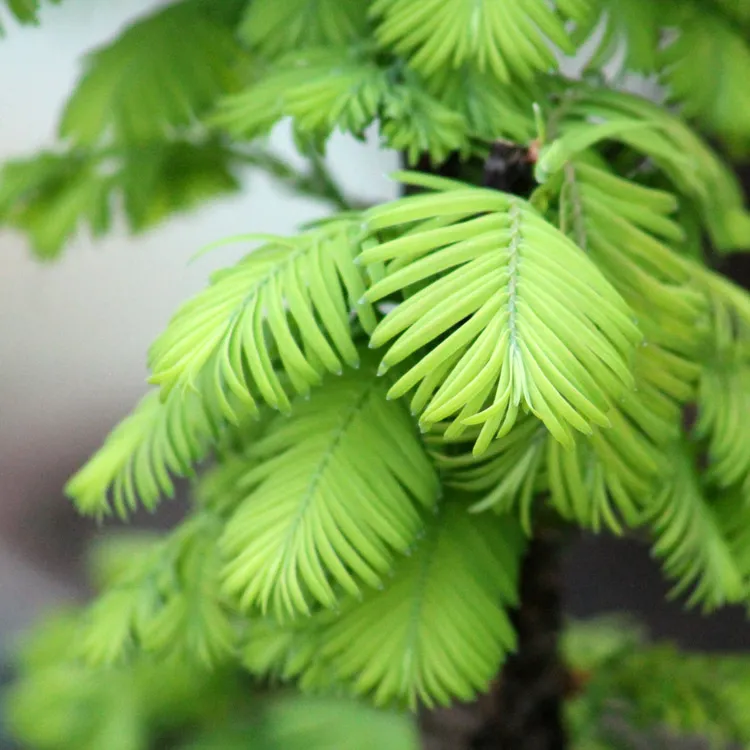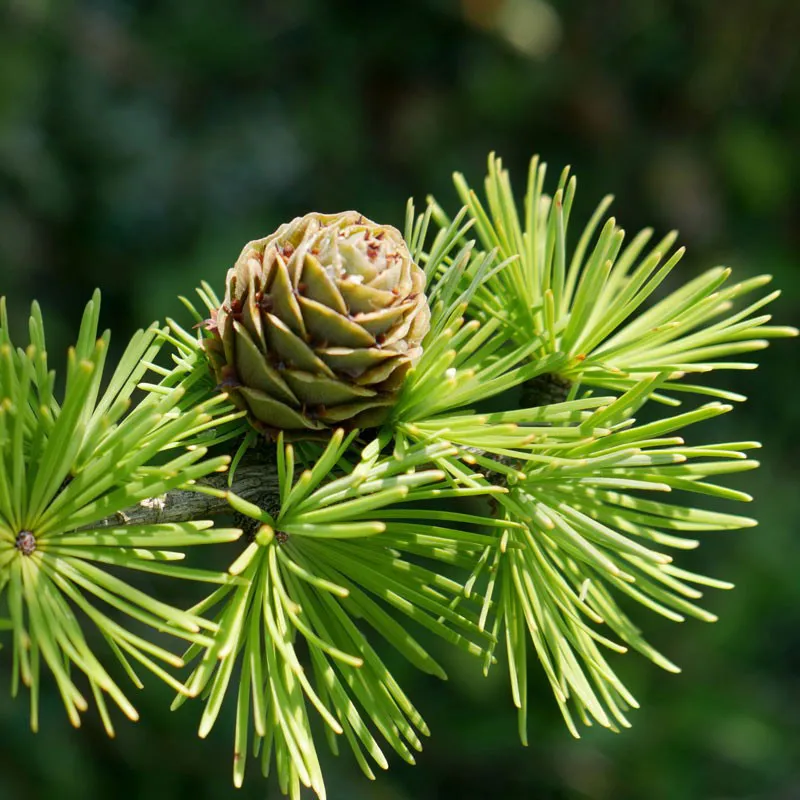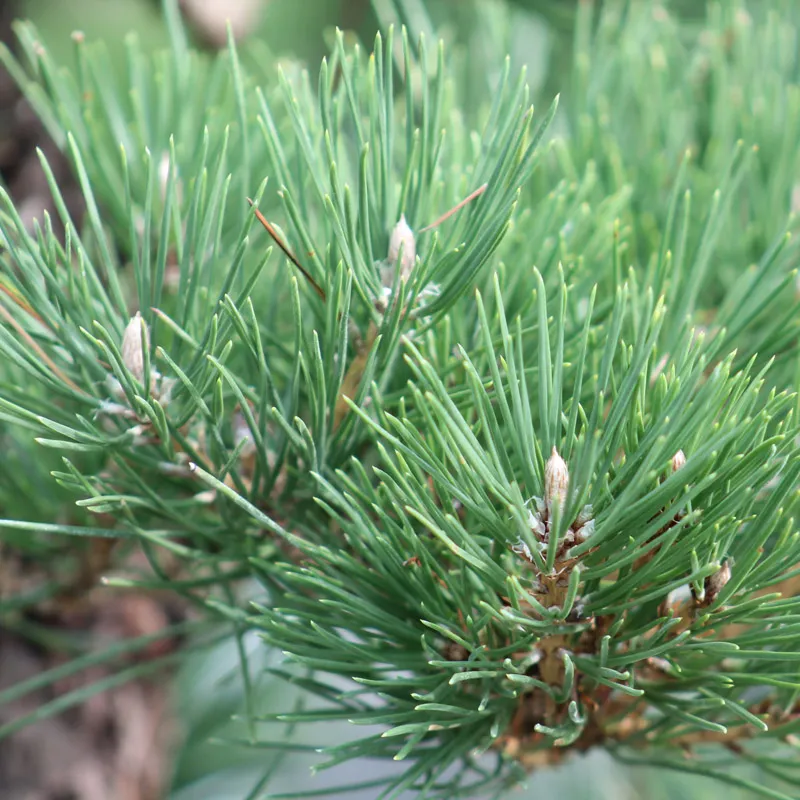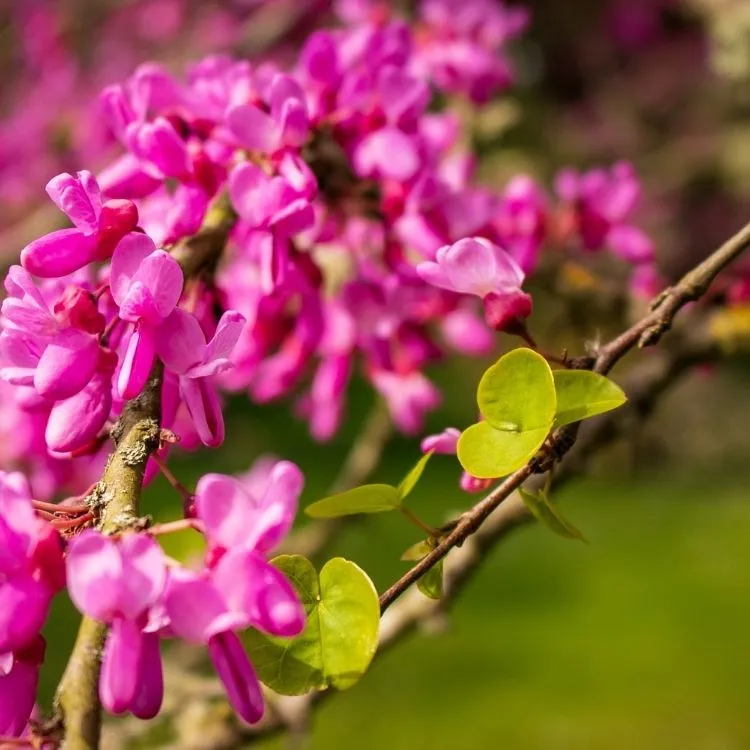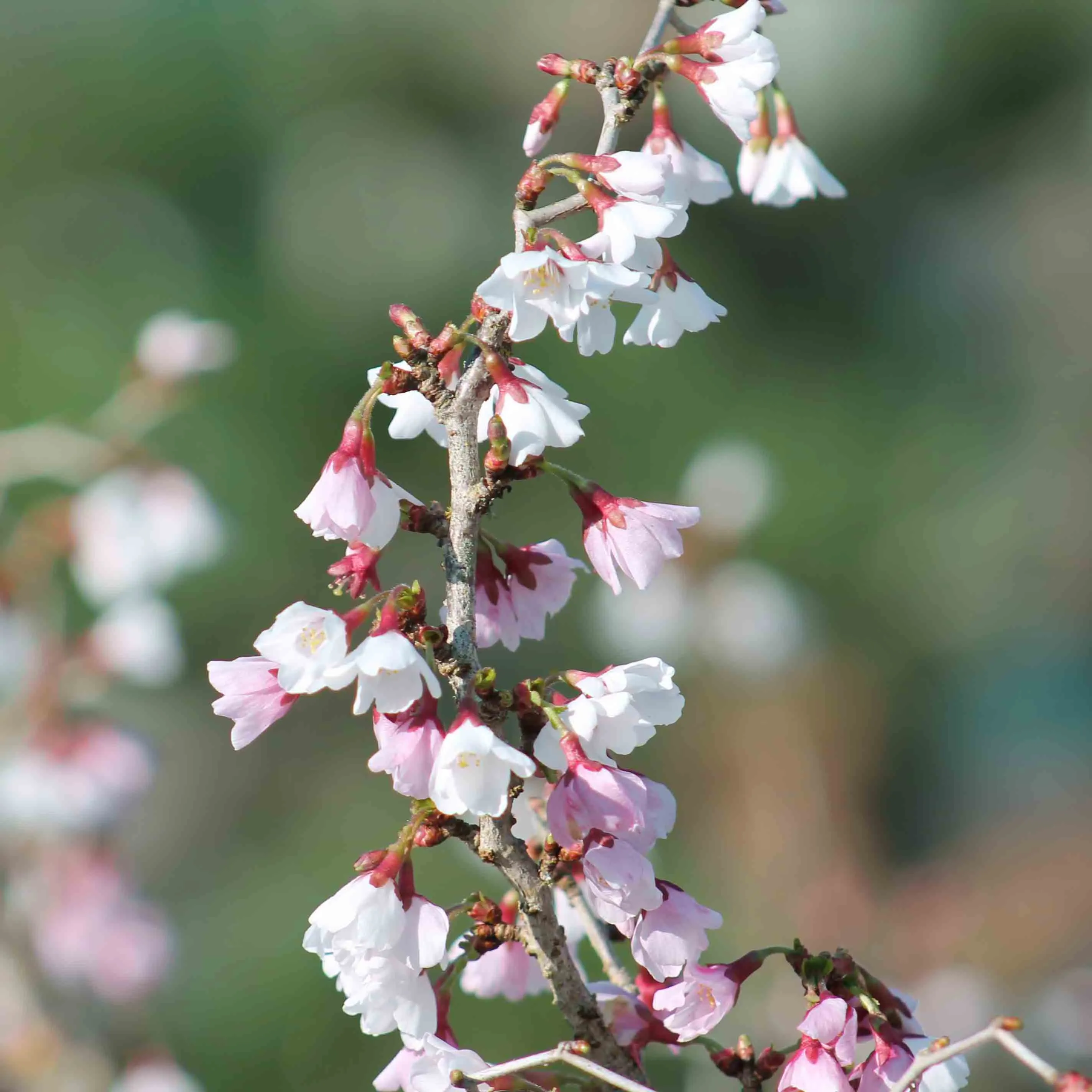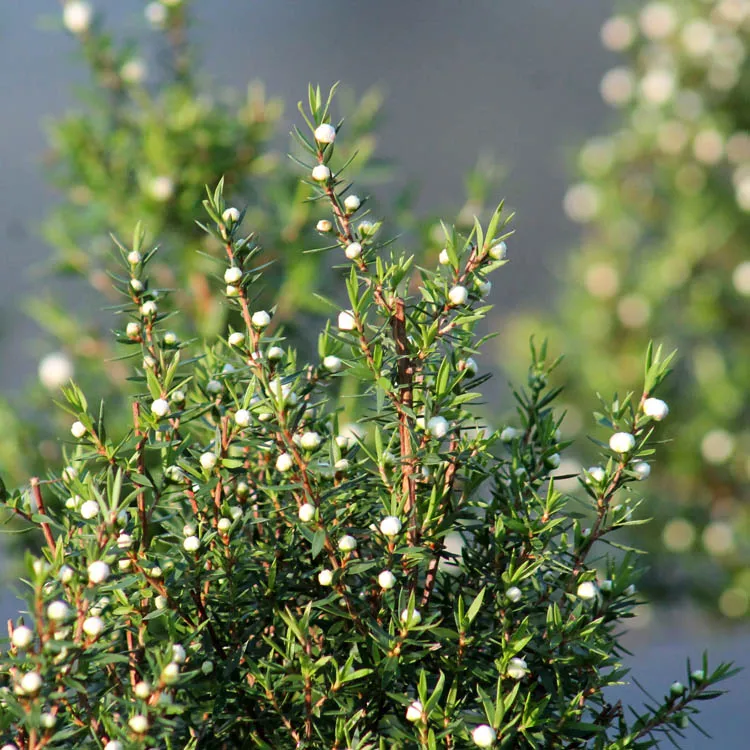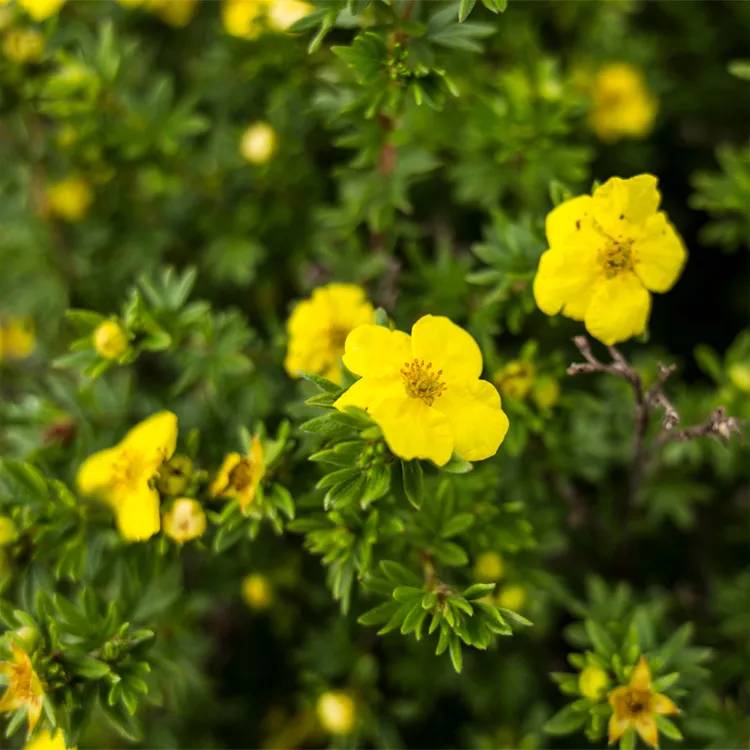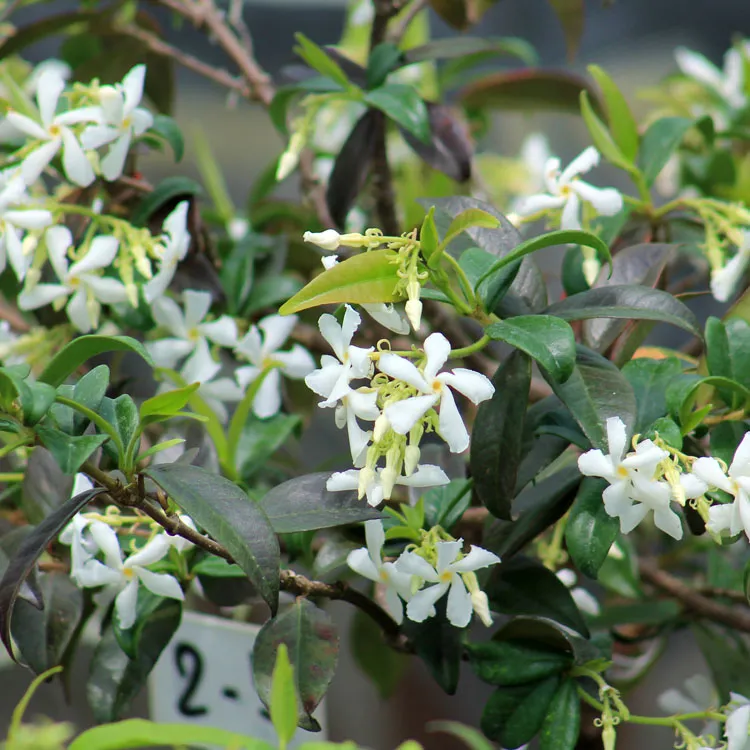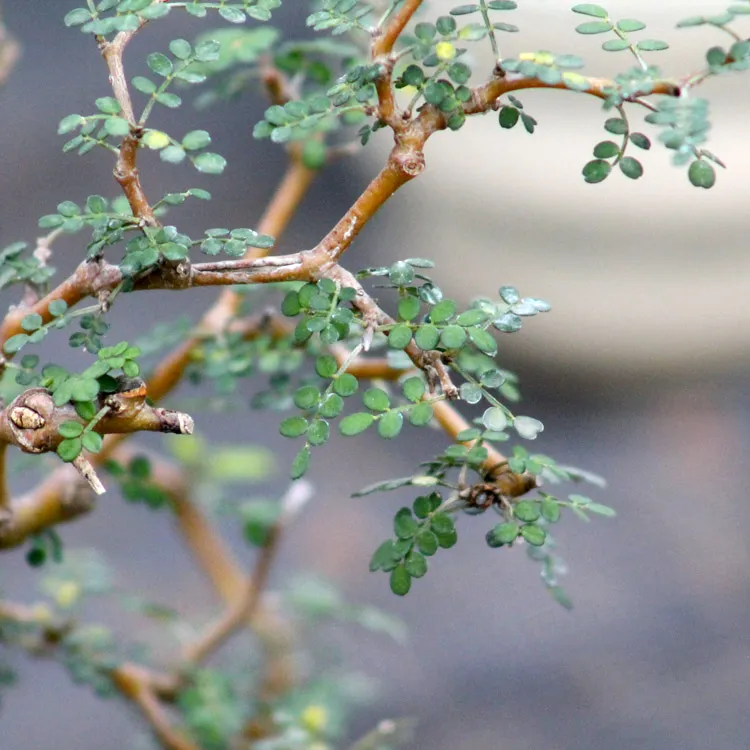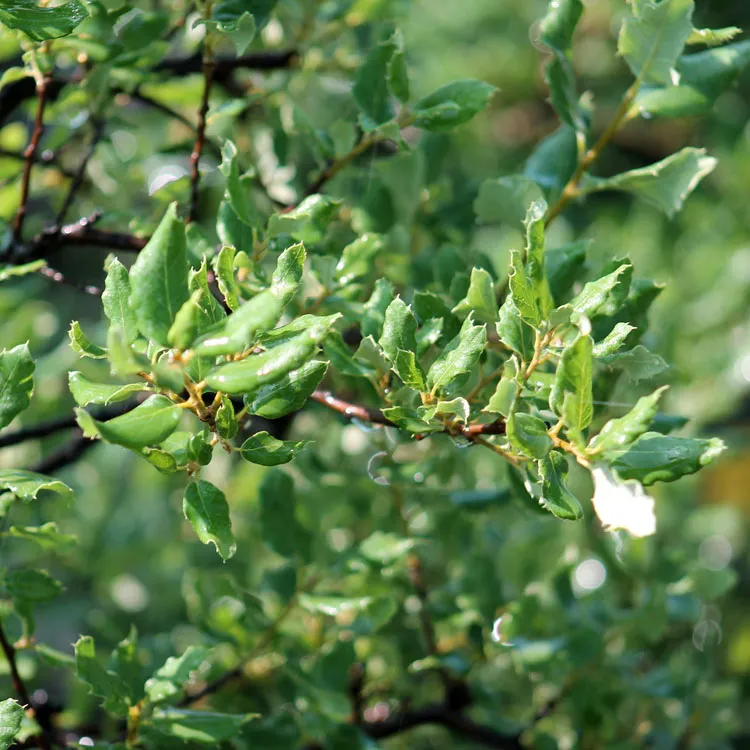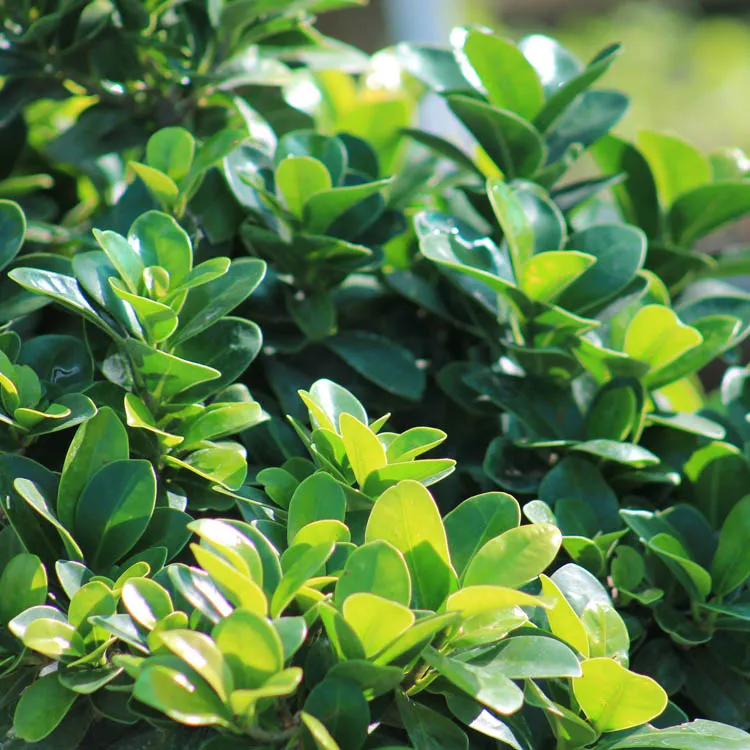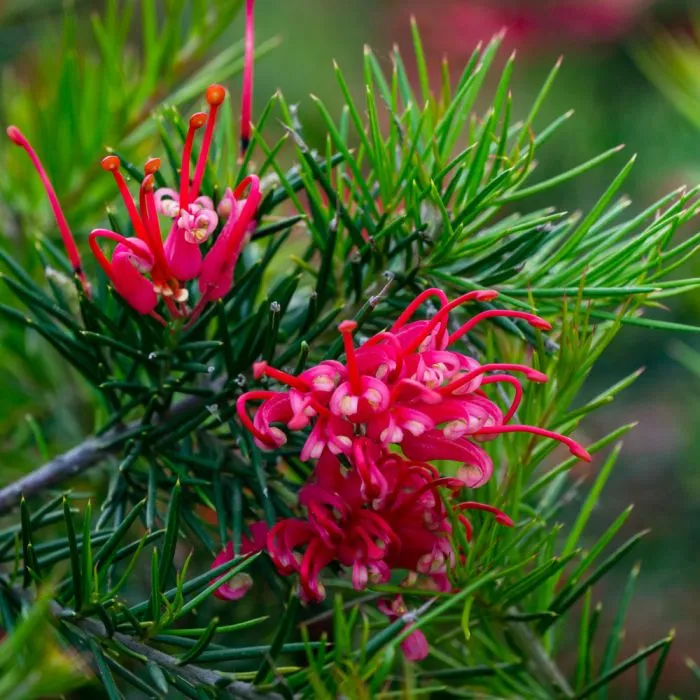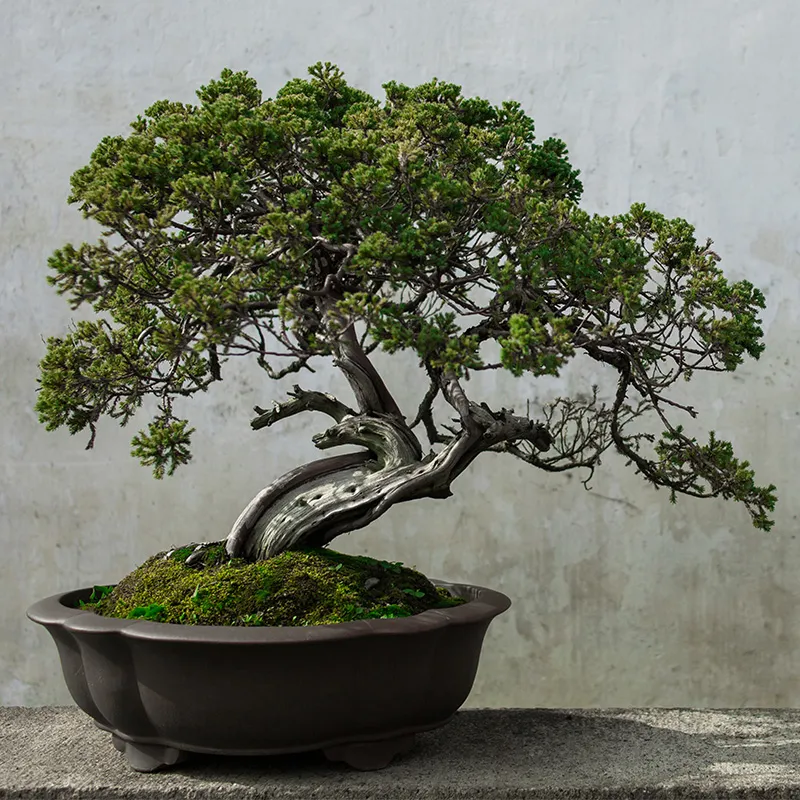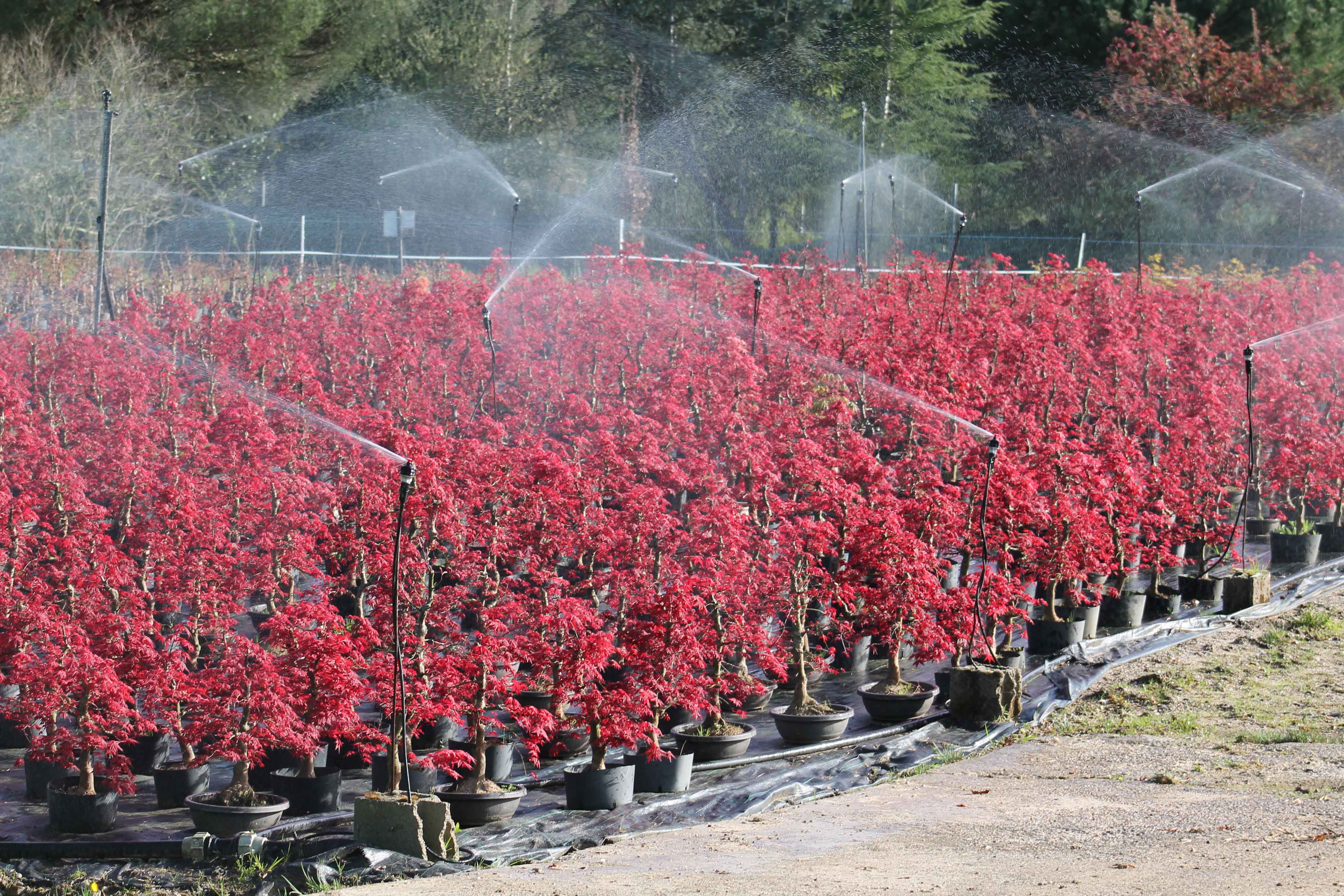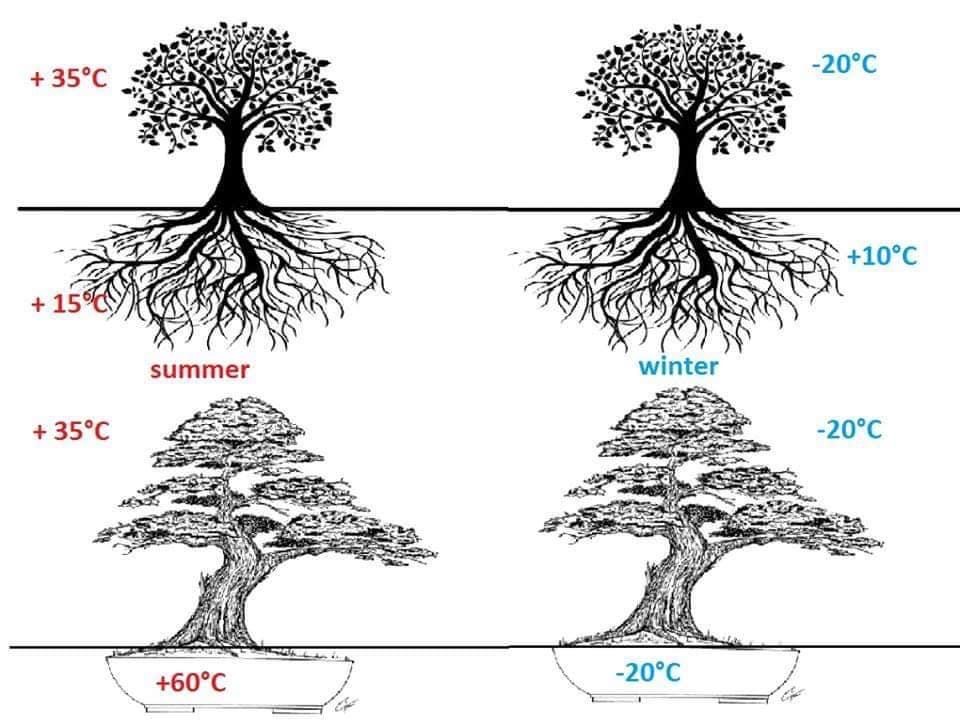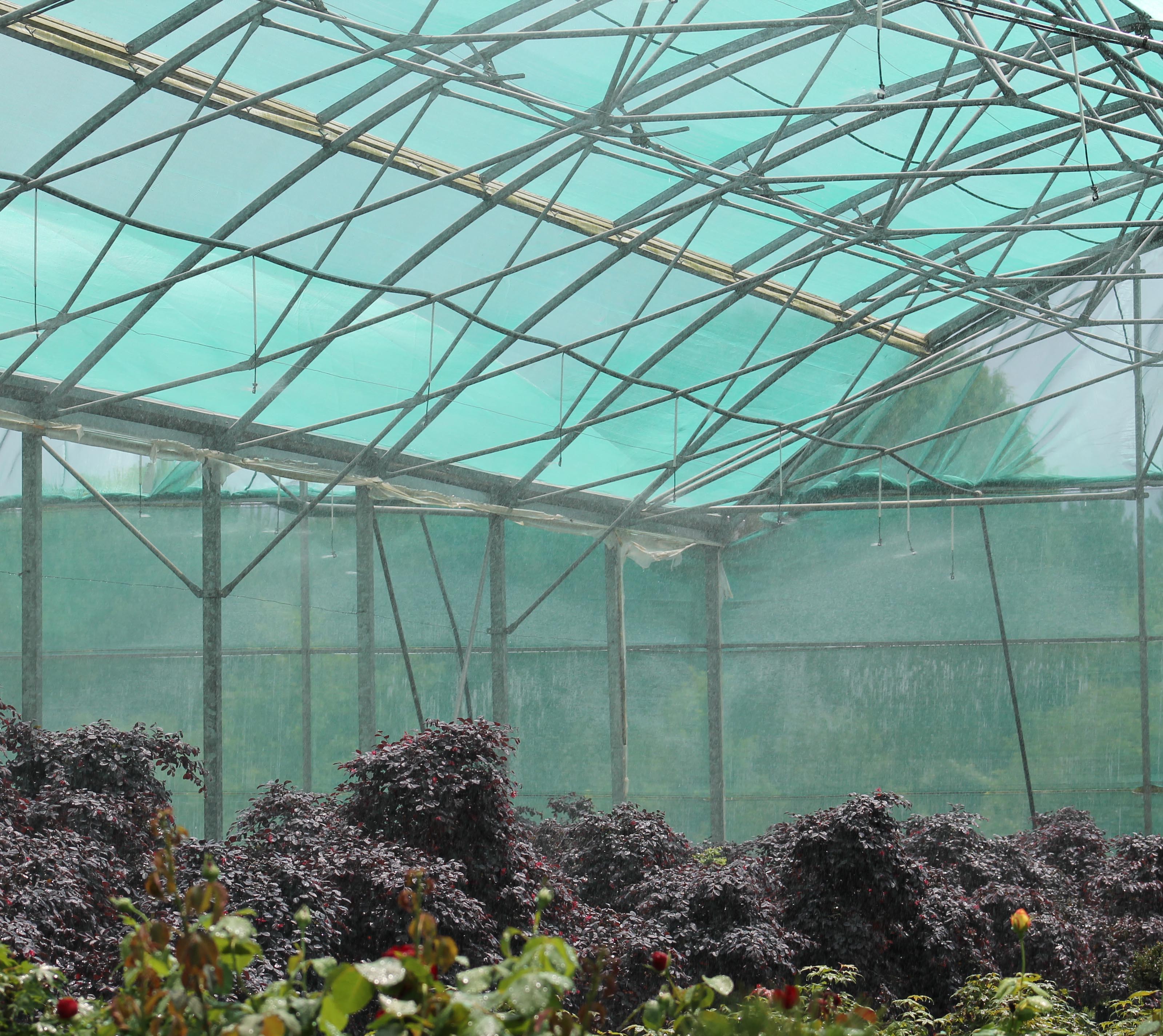Every summer, it's the same story: the sun shines, temperatures rise, and heatwaves increase. And according to climate models, the trend isn't going to reverse. For bonsai enthusiasts, this raises a crucial question: what are the consequences of this intense heat on our miniature trees, and how can we effectively protect them ?
Why do bonsai suffer more in summer ?
To understand your bonsai's summer needs, we must first review how a tree functions.
Water plays a fundamental role in a tree's life. The roots absorb water and nutrients from the soil, which are then transported to the leaves via the trunk and branches. Photosynthesis takes place in the foliage, thanks to the opening of the stomata, small pores that capture carbon dioxide and release oxygen.
But this opening also causes water loss through evaporation: this is the phenomenon of transpiration. When water is lacking, photosynthesis slows, growth decreases, and the tree enters a dormant state, as can be seen in many species in summer.
In nature, a tree can draw water from deep within its extensive root system. In a pot, it's a completely different story. The substrate dries out more quickly, especially in hot, dry, or windy conditions. As a result, leaves can dry out within hours, especially in sensitive species such as Japanese maples.
Better equipped against the heat: conifers and Mediterranean trees
Some species are more resistant to heat. Conifers, for example, have needles with a small evaporative surface area. Mediterranean species (boxwood, olive trees, etc.) have thick, protected leaves, adapted to dry climates.
That said, even the most resilient trees can suffer from excessive heat. It is therefore crucial to implement protective measures.
Good habits for protecting your bonsai in summer
1. Be careful with ceramic pots!
Ceramic pots, while aesthetically pleasing, can become veritable hot plates in the sun. The substrate temperature can then exceed 50°C, stressing the roots and accelerating drying. Small pots or shallow dishes are even more susceptible.
Tip: Water more frequently or place your bonsai in a cooler location, away from direct sunlight during the hottest hours.
2. Install a shade
A shade cloth is an excellent way to reduce light intensity. There are different types, each filtering 30 to 50% of the light.
The ideal solution: a shade cloth that filters about 30% of the rays, hung over your collection, providing adequate coverage during the hottest hours (late morning to late afternoon), while still allowing the morning and evening sun to pass through.
It may not be the most aesthetically pleasing solution, but it is incredibly effective.
3. Misting: refresh without drowning
After a summer rain, you've probably noticed that the air immediately becomes more breathable. You can recreate this with a misting system, which diffuses fine droplets above your trees.
This helps :
- lower the ambient temperature,
- increase air humidity,
- and improve the comfort of your trees.
Tip: Install a timer to mist 2 to 3 times a day, depending on the weather. Be careful, however: misting is not a substitute for proper watering, as it does not penetrate the substrate. So, continue watering thoroughly until the water flows through the drainage holes.
4. Prefer natural soil to mineral shelves
Stone shelves or white gravel are very attractive, but they store a lot of heat. Conversely, a planted area always stays cooler.
A simple alternative: place your pots directly on soil or grass, watering the surrounding area regularly. This helps maintain a certain coolness, especially for larger trees. Pre-bonsai grown directly in the ground are also much more resistant to heat waves.
And according to the species ?
Of course, not all species react the same way. A maple tree requires more water and is more sensitive to the sun than a pine tree. But during a heatwave, even the hardiest species (like conifers) will benefit from a cooler, more humid environment.
Once the heatwave has passed, you can gradually return your bonsai to direct sunlight.
In summary
Summer can be a difficult time for your bonsai, but with a few simple steps, you can limit the damage:
- Water regularly and thoroughly,
- Protect pots from direct sunlight,
- Install a shade structure or misting system if necessary,
- Choose natural soil over scorching mineral materials.
By planning ahead for periods of intense heat, you'll help your bonsai survive the summer in great shape—and thrive again in the fall.


 Production of French Bonsai
Production of French Bonsai












